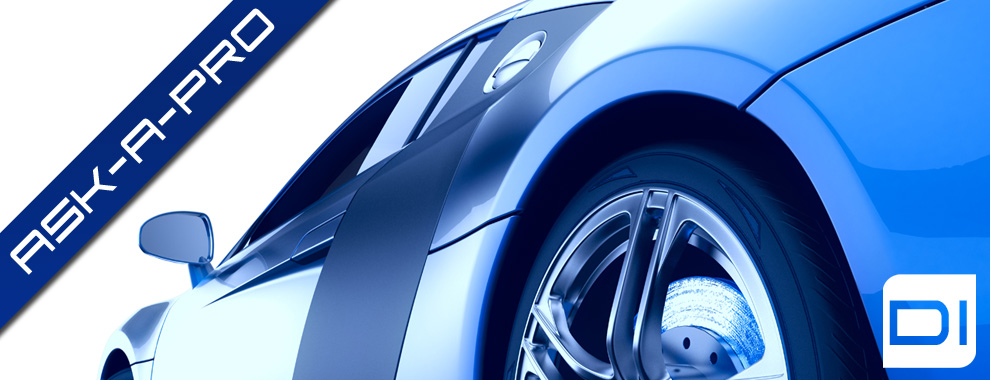This is a great question that was asked by some of our readers. Whether you’re fixing a few panels on the car, repainting the entire thing for whatever reason or painting a project car, the treatment for it will be different for the first month or two compared to what’s typically done in terms of detailing. This is due to pretty much all repaint jobs not going through the same paint curing process as in the factory when new.
Washing should be done the same way and at the same intervals, regardless of what was done. As long as you’re using a regular wash soap with quality tools, there’s no reason to fear normally washing a vehicle after repainting any portion of it. I have experienced and heard that most clear coats used by body shops are on the sensitive side, regardless of the quality of work by the actual body shop. One example was a client’s 97 911 that had a sensitive purple paint finish from the factory, but it wasn’t overly sensitive where with every wash some swirl marks may be introduced to it. However, after repainting a rear quarter panel and a door, he noticed a huge difference in defects between the repainted sections and the original paint. Thus, while you want to employ the same methods and quality products for washing, it’s important to take note of how the repainted sections are reacting and make any necessary changes. One of which may have to be another repaint using a better clear coat that’s more resistant to scratches, or possibly polishing the sections and utilizing a long term paint protection coating to make the existing paint a little less susceptible to swirl marks.
Speaking of polishing, this is something that you’ll have to be careful with. Cars are regularly polished after a paint job and before being delivered, so polishing will be fine to do at any point after the repaint. However, you’ll want to look out for polishes that are “body shop safe” without oils and/or silicone that may interfere with the paint curing process. There are enough polishes available on the market today to make this task very easy, but one should do their due diligence in making sure a polish they’re about to use won’t damage the paint job. I normally recommend clients wait about 4-6 weeks before bringing in the car for any final polishing after a paint job simply because once the car is polished it needs to be waxed and waxing is the part that should be done based on the body shop’s recommendation.
Waxing does normally interfere with the paint curing process and one should always consult with the body shop that did the work to find out at what point is it fine to wax the car. I’ve heard of numerous situations where a body shop and/or paint manufacturer denies a warranty claim to their customer because that customer didn’t follow instructions in caring for the paint properly, which led to defects and issues only a few months down the line. Thus, waxing should really be something that’s only done based on the body shop’s recommendation, otherwise you may end up ruining a nice and possibly expensive paint job.
All in all, the main thing to remember is to thoroughly consult with whoever is doing the painting or repainting and make sure you know what type of paint is being used, what type of curing process does the shop use and when will the paint be ready for polishing, waxing, etc. They will be the ones not only doing the work and have experience with the paint application and curing process, but also the ones providing the warranty should anything go wrong. Because of that, you have to play by their rules and follow their guidelines in order to preserve the paint job well and let the initial curing period go by properly.
Well that’s about all I have to say on the topic. It’s very simple but something to definitely keep in mind as all too often people make the mistake of immediately waxing, improperly polishing or even covering with the new paint with a paint protection film on their vehicle that has not yet cured properly.
